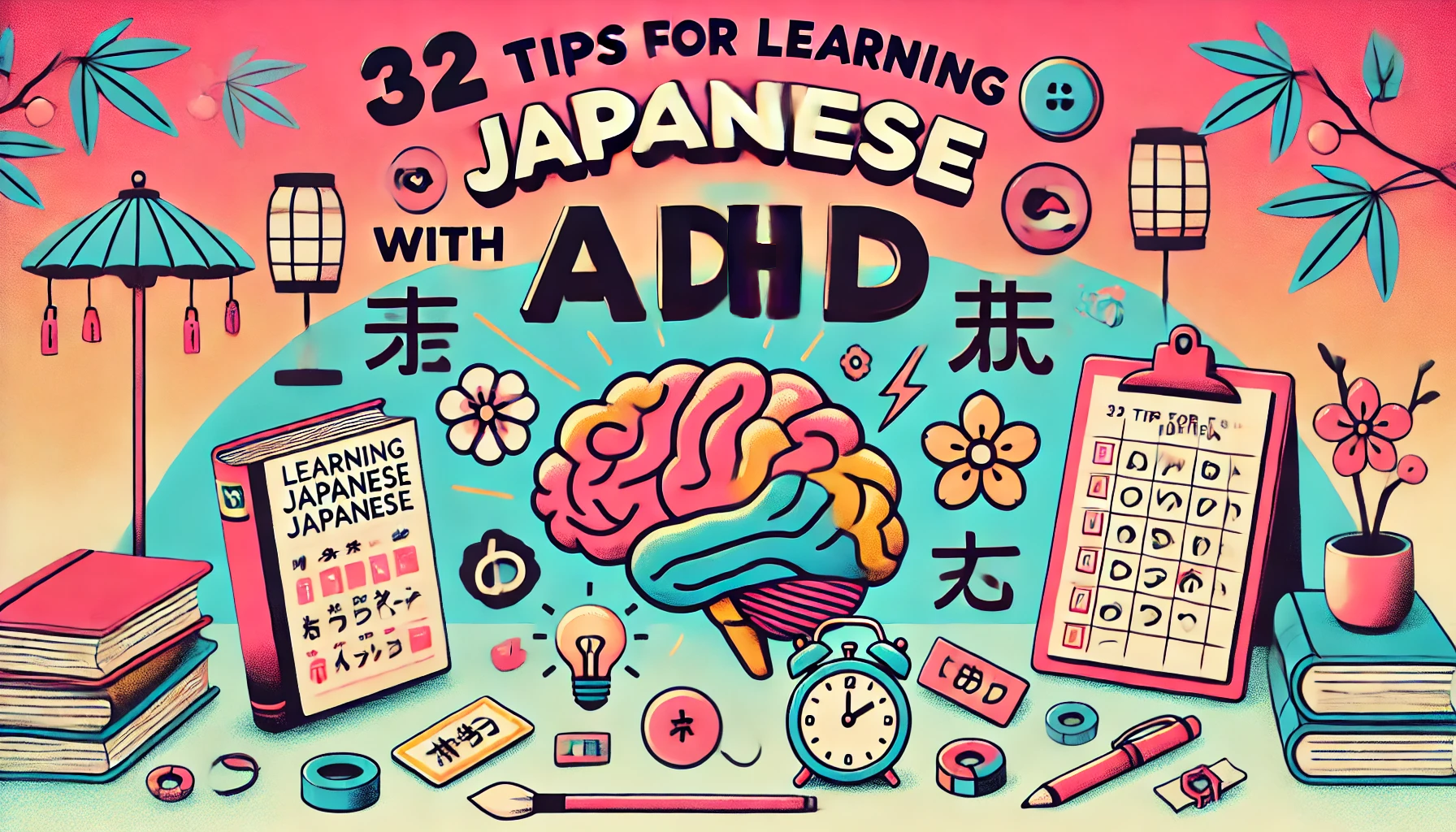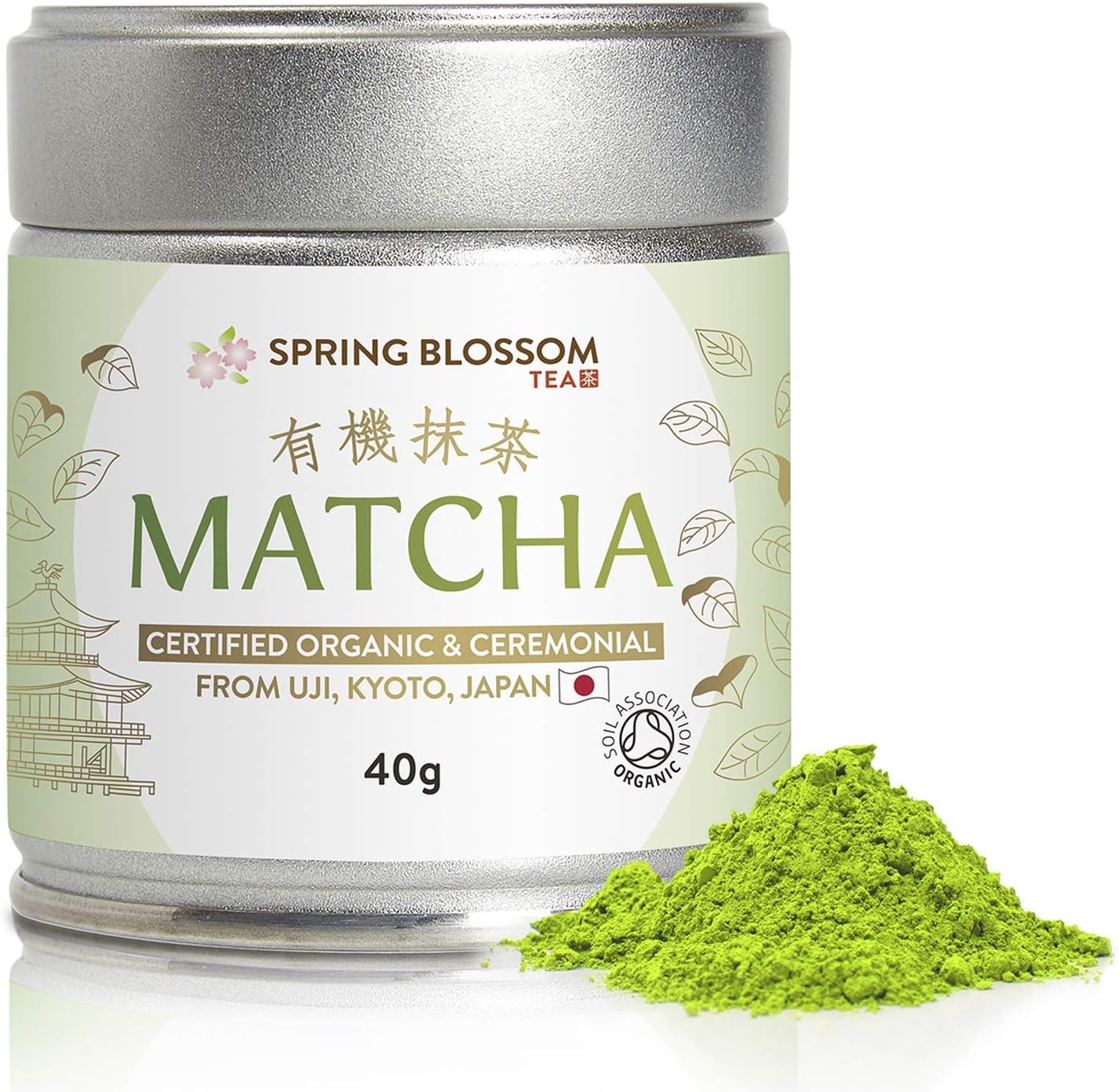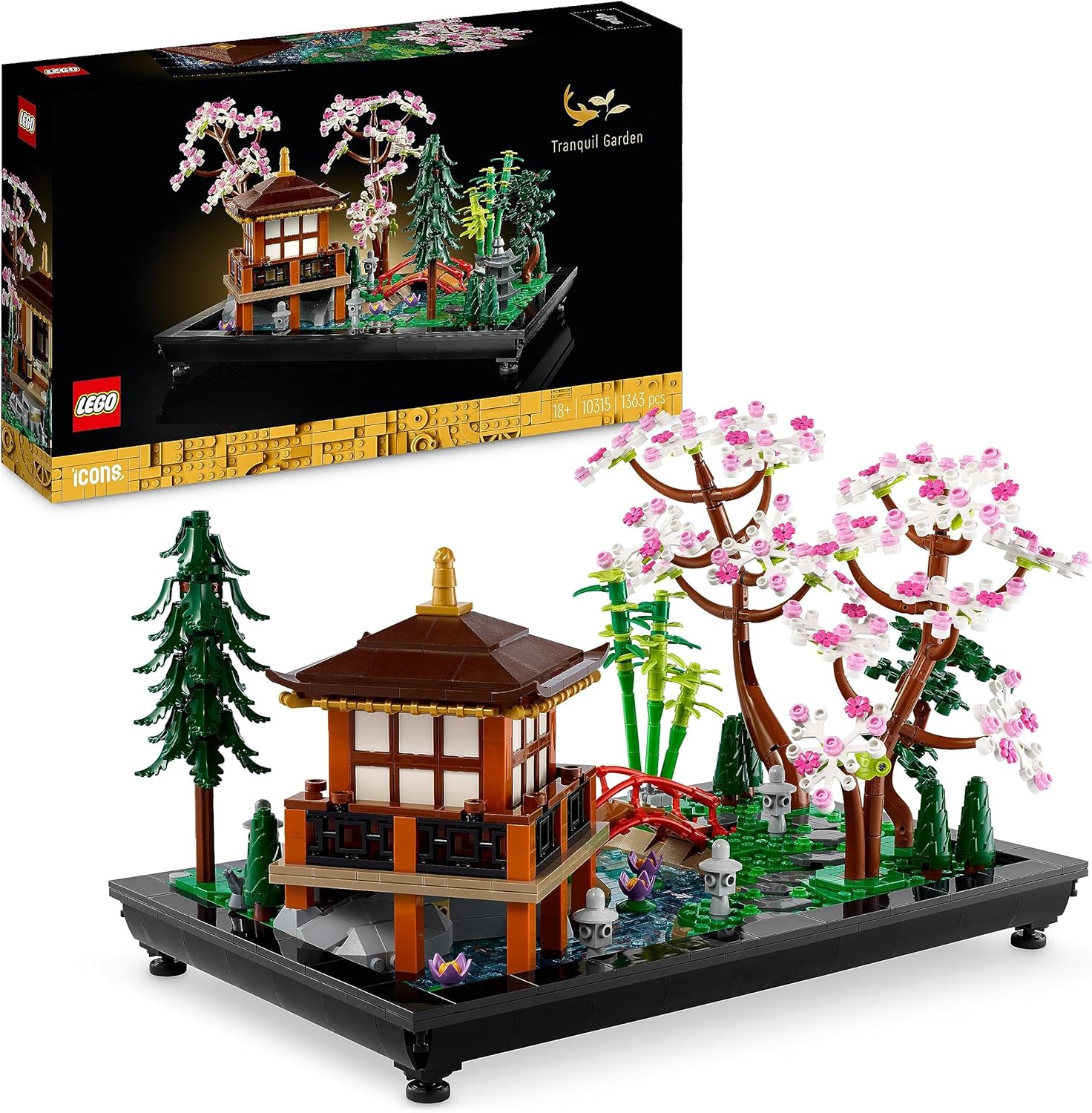32 Tips for Learning Japanese with ADHD
Posted on: 2025-01-20 | at: 09:44:48
Learning Japanese with ADHD: A Challenge and a Gift
Learning a new language like Japanese is an exciting journey, but for those with ADHD, it comes with unique challenges and opportunities. ADHD, or Attention-Deficit/Hyperactivity Disorder, affects how people regulate attention, energy, and emotions. While it might make traditional study methods harder to stick with, ADHD also comes with strengths like creativity, hyperfocus, and a love of novelty, which can make language learning incredibly rewarding.
In this post, we’ll look at some of the pros and cons of ADHD when it comes to learning a language, and then dive into 32 actionable tips (and a bonus!) to help you thrive on your journey to mastering Japanese.
Pros of ADHD for Language Learning
1. Hyperfocus: When you’re deeply interested in Japanese culture, grammar, or anime, you can dive in for hours and make incredible progress.
2. Creativity: You’ll find unique ways to learn, like creating your own mnemonics or turning kanji into stories.
3. Love of novelty: Learning a language provides constant new challenges, such as fresh vocabulary, cultural insights, and evolving skills.
Cons of ADHD for Language Learning
1. Inconsistent focus: You may struggle to sit down and study consistently over time.
2. Disorganization: Keeping track of study materials or following structured lessons can be difficult.
3. Overwhelm: Japanese, with its kanji, grammar, and honorifics, might feel like too much at once.
4. Boredom with repetition: Repeating vocabulary and grammar drills can lead to disengagement.
32 Tips for Learning Japanese with ADHD
These tips are tailored to work with your ADHD, not against it. Use what resonates with you and leave the rest!
1. Build the Right Environment
1. Declutter Your Study Space: A clean, simple area reduces distractions.
2. Use Noise-Canceling Headphones: Block out distractions with focus-friendly soundtracks, like lofi music or white noise.
3. Study in Short Bursts: Try the Pomodoro Technique—work for 25 minutes, then take a 5-minute break.
2. Play to Your Strengths
4. Leverage Hyperfocus: When you're deeply motivated, dive into the hardest tasks (e.g., learning kanji).
5. Start with What You Love: Whether it’s anime, manga, or Japanese food, use these as gateways to stay motivated.
6. Reward Yourself: Celebrate small wins, like learning 10 new words, with a treat or a favorite activity.
3. Use ADHD-Friendly Tools
7. Apps Are Your Friend: Try gamified apps like Duolingo, WaniKani, or Anki.
8. Digital Timers: Use timers to break tasks into manageable chunks (e.g., 10 minutes of kanji practice).
9. Flashcards Everywhere: Use spaced repetition apps to keep vocab fresh in your mind.
4. Create Personalized Protocols
10. Find Your Focus Ritual: This might mean making tea, going for a walk, or setting a timer to mentally prepare for studying.
11. Discover Your Peak Focus Times: Pay attention to when you’re most alert during the day and schedule study sessions then.
12. Rotate Study Locations: Changing scenery (like a park, café, or library) can make learning more engaging.
5. Manage Overwhelm
13. Start Small: Instead of trying to master kanji, focus on just 5 new ones per day.
14. Pareto’s Law (80/20 Rule): Focus on the 20% of vocabulary and grammar that’s most useful in daily conversation.
15. Chunk Big Goals: Break “learn Japanese” into smaller goals like “learn hiragana,” “practice 10 minutes of conversation,” etc.
6. Make Repetition Fun
16. Gamify Learning: Turn drills into games by timing yourself or competing with friends.
17. Create Mnemonics: For example, imagine the kanji for tree (木) as a stick figure tree.
18. Shadowing: Repeat after native speakers in videos or apps to practice pronunciation and rhythm.
7. Stay Social
19. Find a Language Partner: Practice regularly with someone who speaks Japanese.
20. Join Communities: ADHD thrives in social settings. Engage in language meetups, Discord groups, or Reddit communities.
21. Teach Someone Else: Explaining what you’ve learned helps reinforce it in your own mind.
8. Make It Multi-Sensory
22. Write Things Out: Writing kanji by hand helps cement it in your memory.
23. Speak Aloud: Verbalize vocab and grammar to engage your auditory processing.
24. Use Physical Movement: Walk or pace while reciting vocabulary—it can boost focus and retention.
9. Maintain Motivation
25. Set Short-Term Goals: For example, “Learn to order food in Japanese by next month.”
26. Track Progress: Use a habit tracker to mark daily practice sessions and see your growth.
27. Immerse Yourself: Watch Japanese shows, listen to podcasts, or change your phone’s language settings.
10. Embrace Flexibility
28. Switch It Up: Alternate between listening, writing, speaking, and reading to prevent boredom.
29. Use ADHD-Friendly Breaks: Take active breaks (e.g., dance, stretch, or walk) to reset your mind.
30. Allow for Imperfection: Progress matters more than perfection—don’t let small setbacks discourage you.
11. Seek Help When Needed
31. Hire a Tutor: A structured learning plan from a tutor can provide guidance and accountability.
32. Lean on Apps: Use AI-based tools like ChatGPT for practice or grammar explanations.
Bonus Tip: Embrace ADHD as Part of Your Journey
You’re not learning Japanese despite ADHD—you’re learning it in a way that works for your unique mind. Use ADHD as a superpower to stay creative, embrace novelty, and connect deeply with the language.
With these tips, learning Japanese doesn’t have to be a struggle—it can become a joyful and rewarding process that fits your brain’s natural strengths. Remember, the journey is just as important as the destination. So grab your favorite study tool, make some tea, and take your first step!


